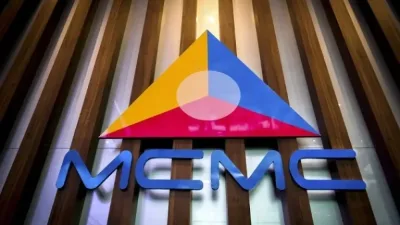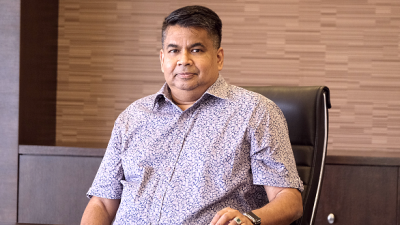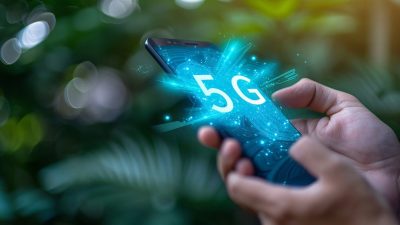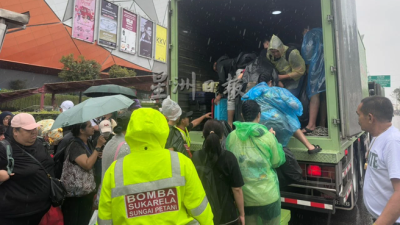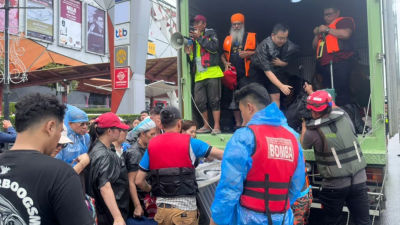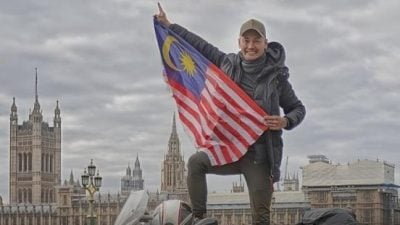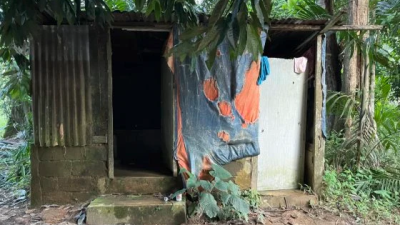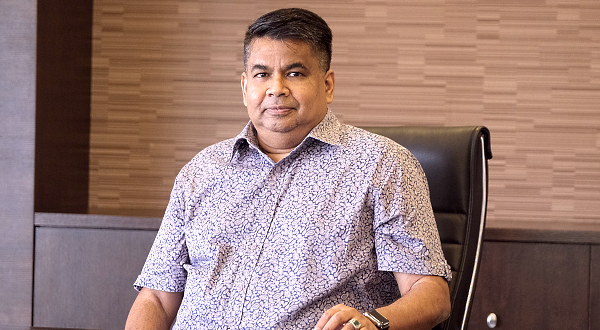
As the policymakers are about to start the serious revision of contentious DNB’s 5G rollout model, EMIR Research believes that, for the benefit of the decision-makers and public, it is timely to revisit some of the cornerstone aspects of the debate, which, to date, DNB has failed to address in a credible and fully transparent manner.
EMIR Research suggests to start with the DNB’s claim of being able to provide lower prices to the end customers.
As coming out from DNB, with the help of Plum Consultancy though (refer to An analysis of EMIR’s ‘Reviewing contentious DNB’s 5G’), one of the “key points” to argue that under their 5G rollout model end-user prices will be “60% lower than with a deployment of six 5G networks” by each telco is that “5G deployment by each of the six mobile operators would need six times more cell sites than the SWN if the mandated 5G quality of service [(100 Mbps download speed at the cell edge)] is to be delivered.”
And EMIR Research would like to strongly reiterate that DNB’s “key point” is a massively monumental overestimate based on their very bold assumption that telcos would not share cell sites.
Let us remember that cell site construction requires a permit, a tower with 5G antenna, a hut or cabinets (to house the equipment) with a cooling system and cables connecting the tower and the hut.
Out of these components, 5G antenna and transceivers (active infrastructure) are critical to maintaining an individual telco’s competitive edge. The rest of this infrastructure (passive), which by far constitutes the greatest component of cell site construction cost (see Will asset-sharing improve wireless communications performance? by Clarke), can be painlessly shared by all the telcos to avoid cost duplication.
And in fact, this kind of voluntary sharing for passive and even, partially, active network has been one massive trend in the telecom industry already for 4G and only intensified for 5G because it accelerates deployment, generates significant benefits for operators and consumers, including lower prices and improved network coverage and quality driven by cost reductions, higher returns on investment and increased competition, according to the studies in Europe (refer Single wholesale networks and network sharing: sharpening discussions on the 5G repercussions by GSMA, The Impact of Mobile Network Sharing for Consumers and Operators by Oxford) and worldwide (The 5G Readiness Guide: Deployment strategies, opportunities and challenges across the globe by the Economist Intelligence Unit).
Infrastructure sharing (passive and even active) has been also a common practice for Malaysia’s telcos since as early as 2005. Incentivizing expansion of passive infrastructure sharing was also one of the key initiatives under The National Fiberization and Connectivity Plan (NFCP)—certainly a move in a very right direction by the government although without sufficient focus on fiber optic backhaul which is the crux of Malaysia’s digital divide problem.
This alone would be enough to throw out the window the entire argument of the lower network ownership cost under DNB’s proposed model, which implicates their wholesale price. However, there are more nuances that DNB will never state openly.
For example, DNB has not spoken (and certainly would not) about the significantly higher cost they incur due to the need to build both 4G and the 5G layers under their rollout as opposed to telcos, who only need to add the 5G layer.
This also suggests that rollout by individual telcos could have been faster than by DNB. It is relevant to mention that the major Malaysian telcos were ready to start the 5G rollout in early 2019.
All they needed at that time was 3.5 GHz spectrum to start immediately offering 5G services, not taking out a sen from taxpayers’ money as Malaysia is a brownfield where 2G/4G towers are already covering almost all the populated area. But alas, the national agenda was hijacked.
The end consumer prices will consider the costs of both 4G and the 5G layers, at least until the 4G networks are withdrawn and switched off and it becomes stand-alone 5G.
So sharing, rather than duplicating the fixed costs between 4G and 5G layers, as in the case of the 5G rollout by individual telcos, has clear benefits for retail customers. So does the “cost duplication” appear to be an issue for DNB only when it suits the agenda to mislead the public?
But let’s not stop here.
Until now public does not know whether the DNB’s quoted total cost includes only the build cost for a very basic 5G eMBB (enhanced mobile broadband/an enhanced version of 4G) service, which is only the first out of a few layers required to deliver the full 5G functionality or other elements are included—the area that policymakers now need to study carefully.
The 5G has two modes—Non-Stand Alone (NSA) and Stand Alone (SA). NSA mode greatly relies on 4G, and it requires an anchor band which in DNB’s case is likely 700 Mhz, as their recent joint report with Plum reveals.
The anchor band is just an overlay that carries a signal. There is no traffic there! It will require either 3.5 Ghz (and therefore a greater number of cell sites) or 4G to carry traffic.
This places a big question mark on the sufficiency of 10,000 cell sites again. But this is another fundamental question that DNB has never addressed completely transparently—how many square kilometers are the so-called “population areas”? Then you can count towers and the billions, given the required speed. Perhaps, policymakers can now check it thoroughly and make it known to the public.
On top of this, under DNB’s proposition, telcos would have a new element to their variable cost structure – the spectrum “fee.” At least, in the earlier DNB’s advertorials in The Edge, it was stated as such.
From the financial viability perspective, something (spectrum fee) that quickly eats into operating profit margin (as volume escalates) and deprives you of operating leverage would undoubtedly make it more difficult to provide lower prices.
But, at the same time, the fixed cost to telcos is not significantly reduced under the DNB’s proposition—they do not provide end-to-end infrastructure while focusing solely on outdoor coverage and inking contracts for active network equipment with Ericsson.
Speaking of the contracts with Ericsson, under DNB’s proposition, we are locked out for ten years, without access to vendor competition, with a fixed cost of equipment provided by one single supplier.
This will also hugely weight on the end-user prices as opposed to 5G rollout by individual telcos being able to benefit from rapid technology changes (becoming more advanced and cheaper) and continue to evaluate new options in terms of features and lower prices.
It is also crucial to ascertain whether the following costs have been included in the total costs and cash flow projections by DNB, as accounting for these additional features will add significantly to DNB’s wholesale price:
■ Coverage beyond 80% of the population;
■ Industry’s traffic capacity increase over ten years (need for network densification);
■ Comprehensive in-building coverage—according to the findings from RCR Wireless (“Why will indoor 5G be important?”), an estimated 80% of cellular data traffic originates indoors, and 5G will require massive indoor coverage support, yet reported coverage by DNB focuses on outdoors so far;
■ Value-added services (e.g., network slicing, private networks, bespoke coverage, future capabilities).
In contrast, currently, telcos enjoy a high operating leverage model, which leaves far greater room for the end-user price reduction.
Nevertheless, DNB claimed that the spectrum “fee,” would be very low. But why then, prices stated in DNB’s Reference Access Offer raised telcos’ eyebrows very high and made them state in an open letter on May 9 2022, that this offer is “not commercially viable” and likely to lead to higher customer costs and slower adoption rates?
But, given all the above, we now can see how the overall big claim of lower prices to the end customers under DNB’s proposition is highly uncertain and murky, if not outright and deliberately misleading to the public.
To date many of the above questions raised have not been answered, and at best very poor acrobatic diversion though flushed with deep pockets employing foreign “mercenary consulting firm.”
The policymakers certainly have a tall order to ascertain this to safeguard taxpayers’ money and the future of our telecom industry.
(Rais Hussin is the President and Chief Executive Officer of EMIR Research, a think tank focused on strategic policy recommendations based on rigorous research.)
ADVERTISEMENT
ADVERTISEMENT






